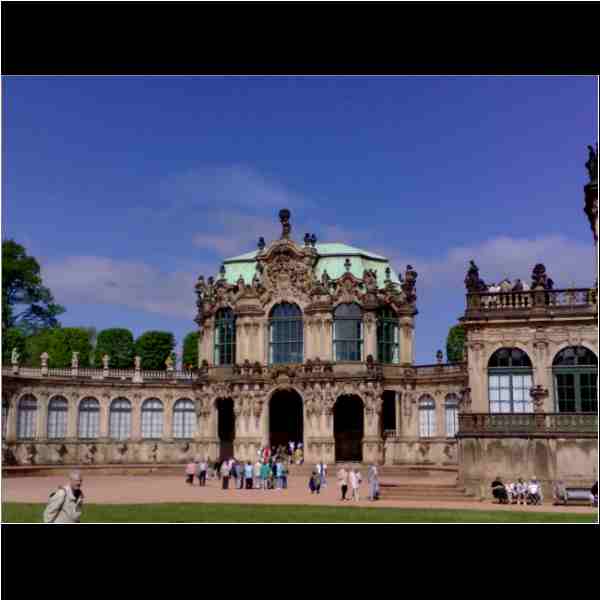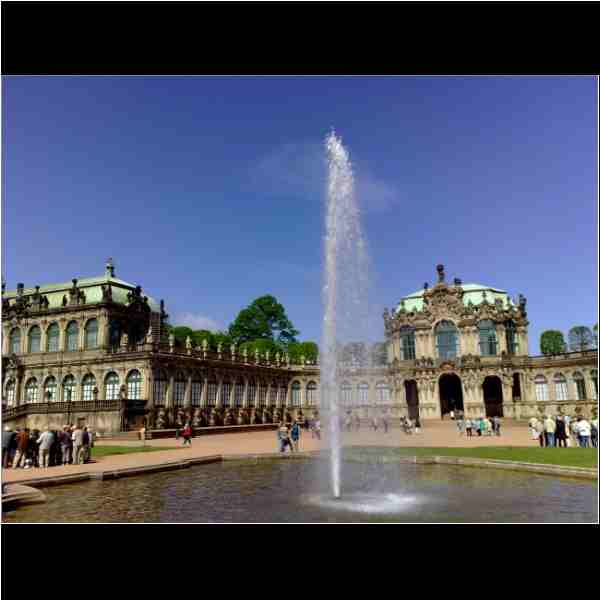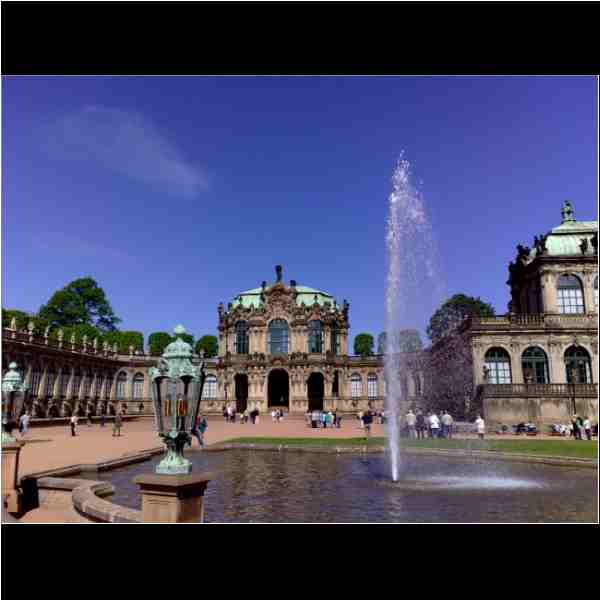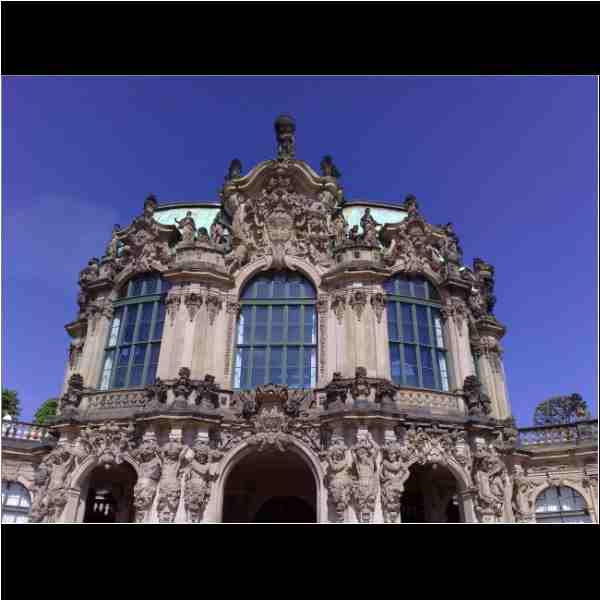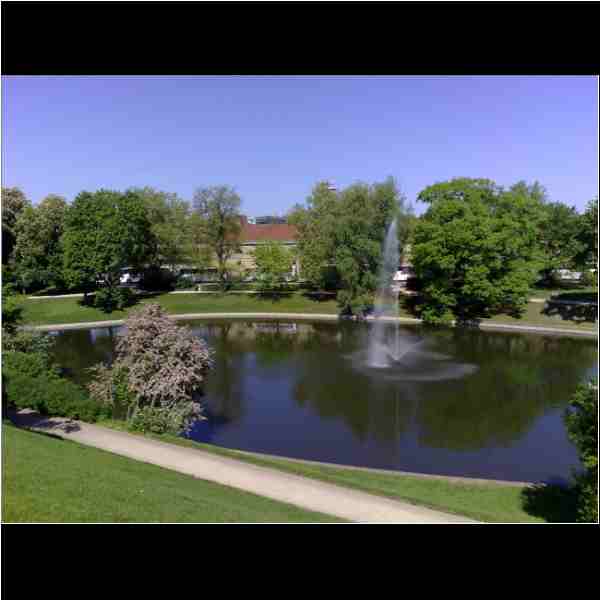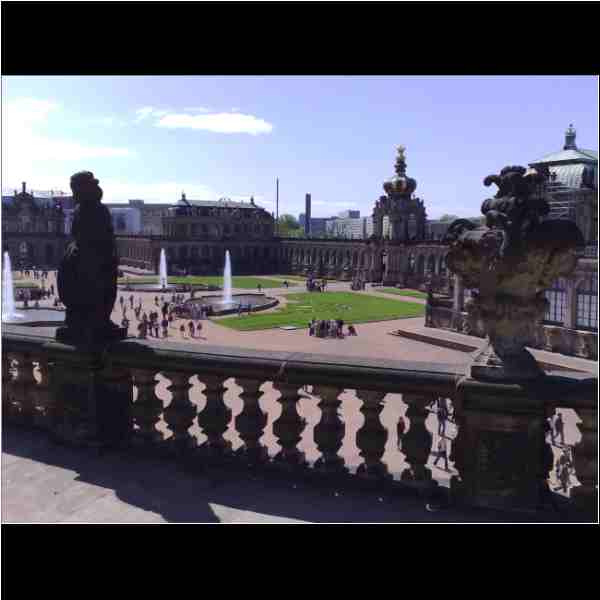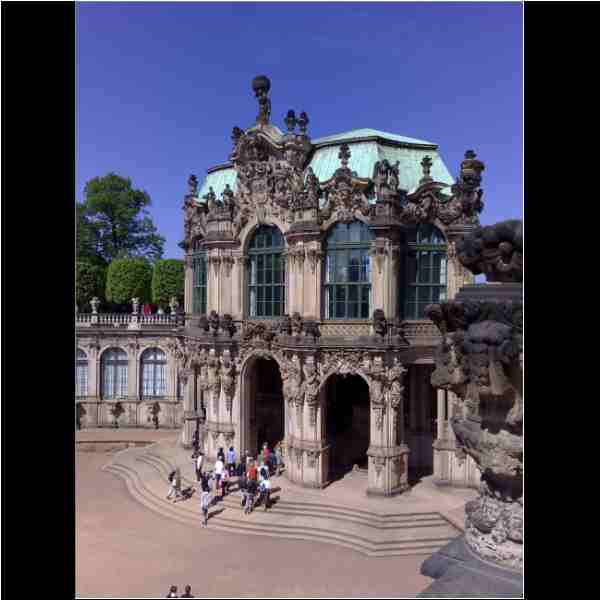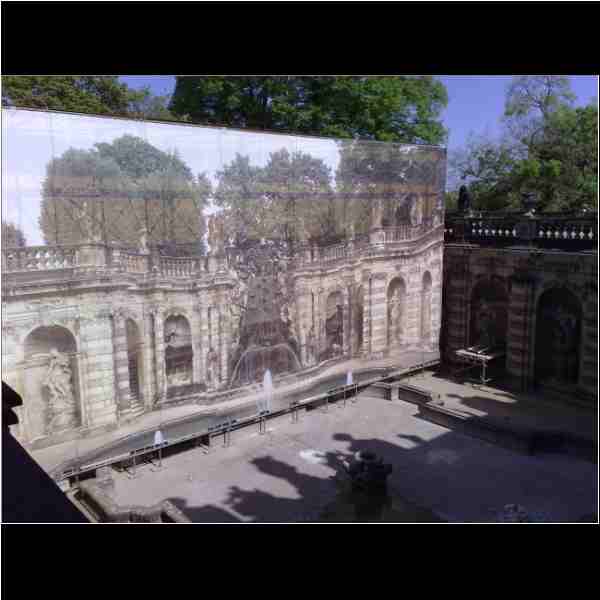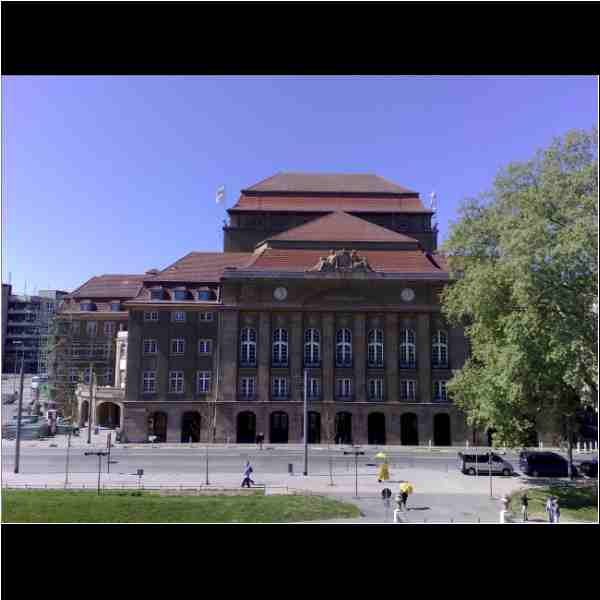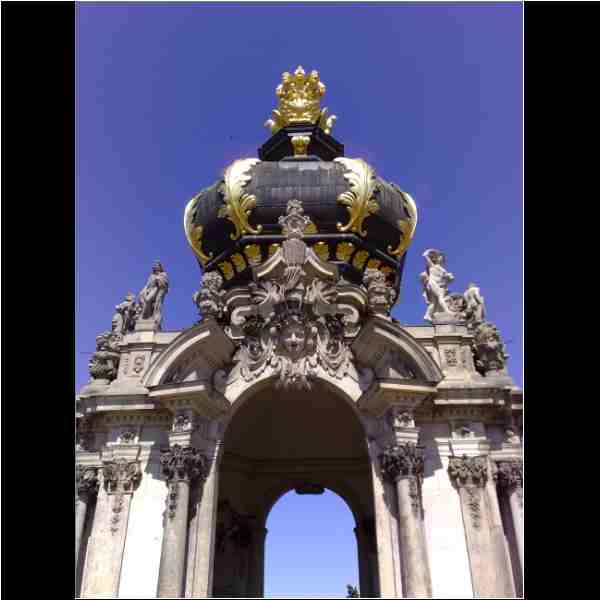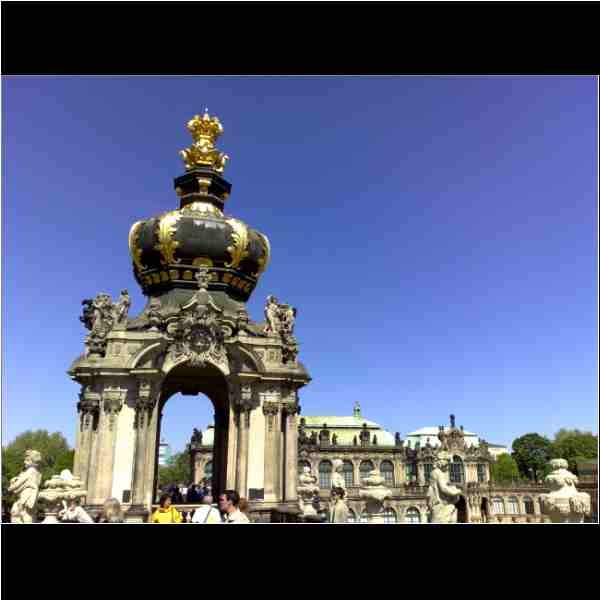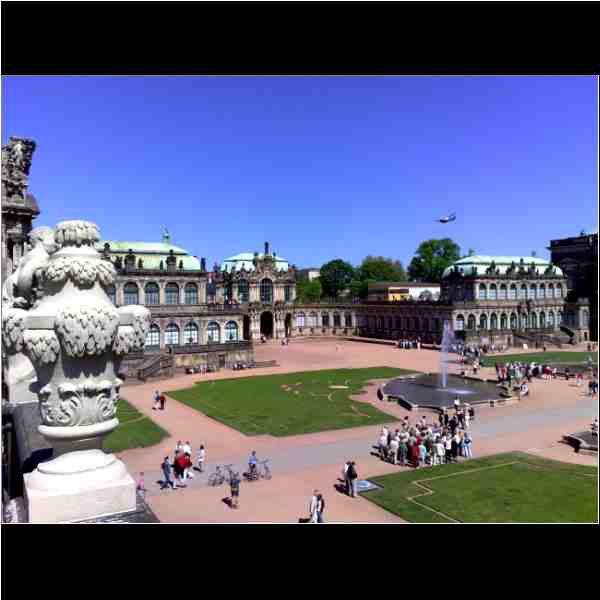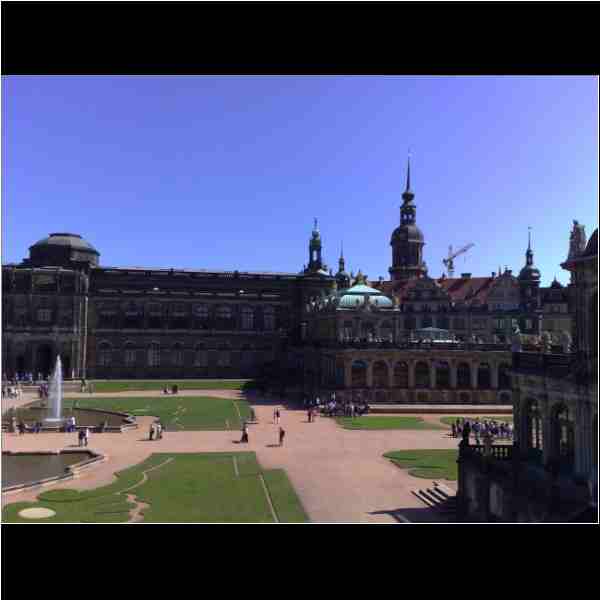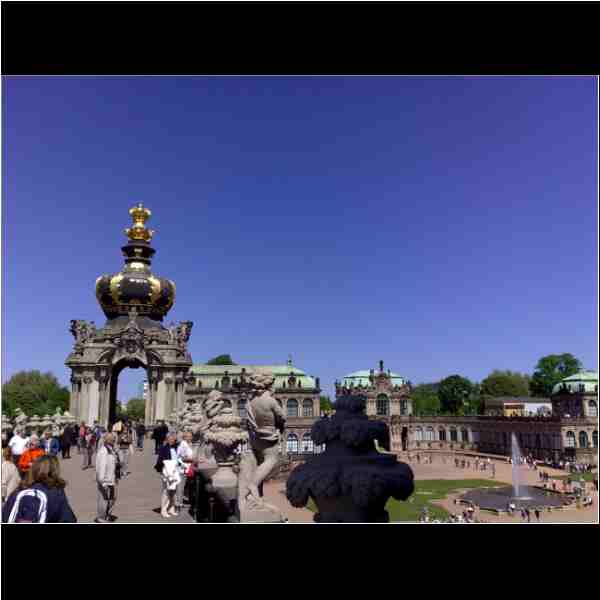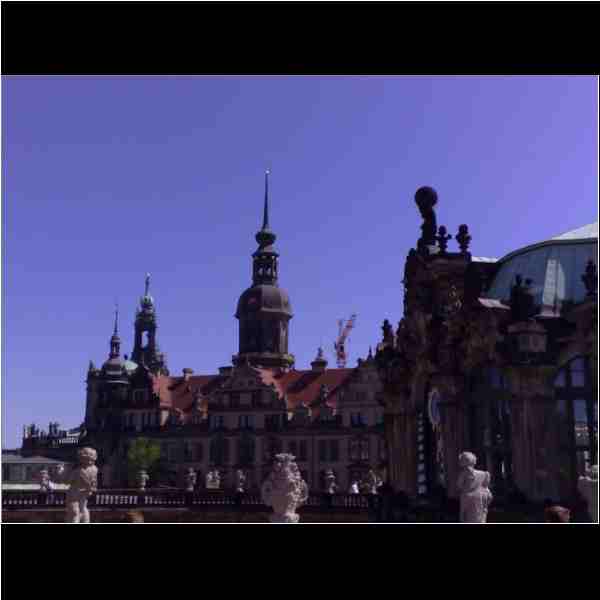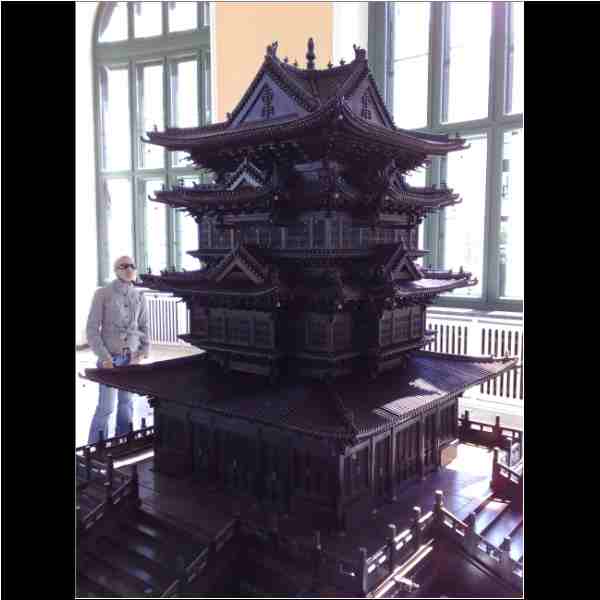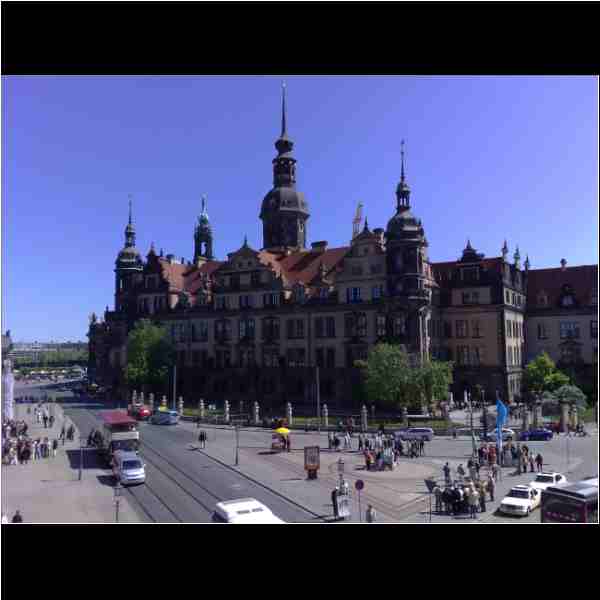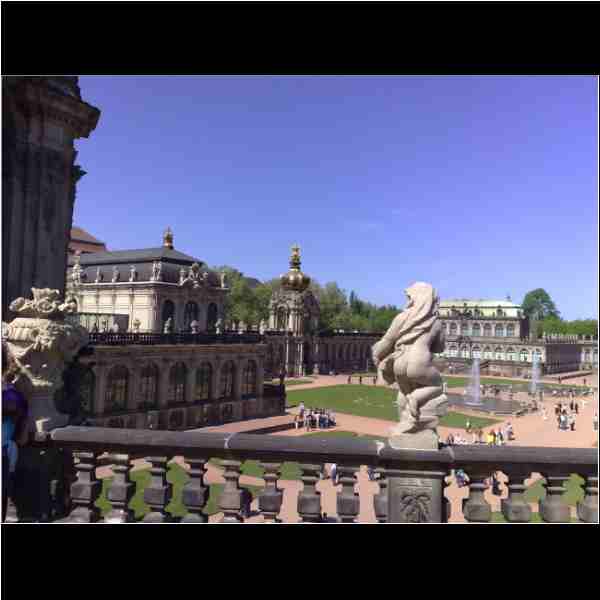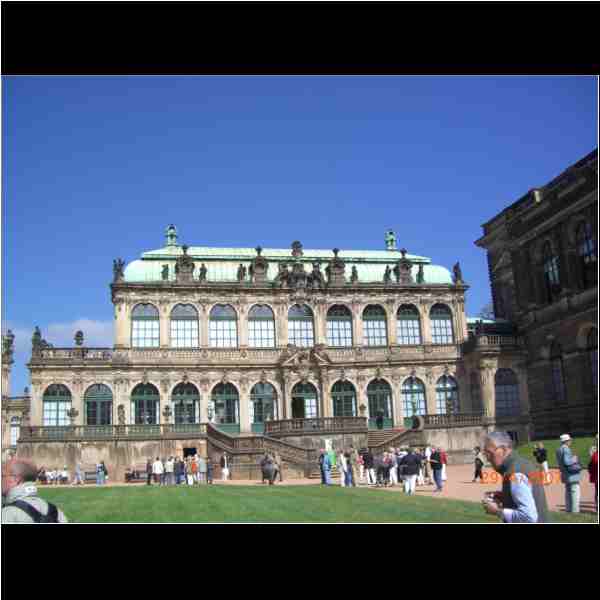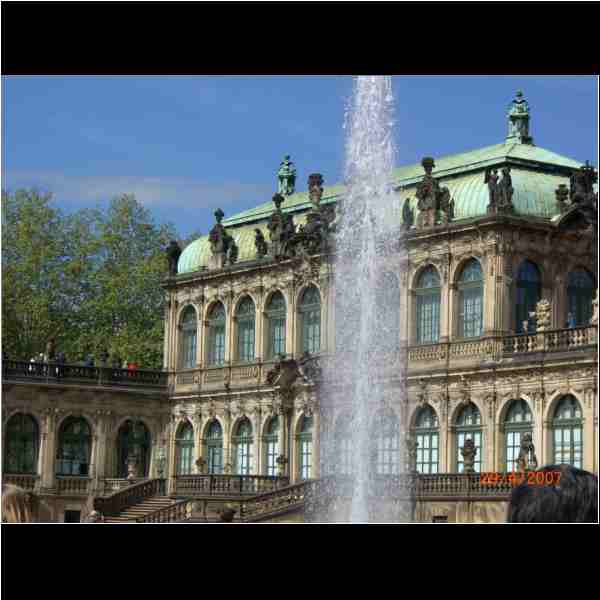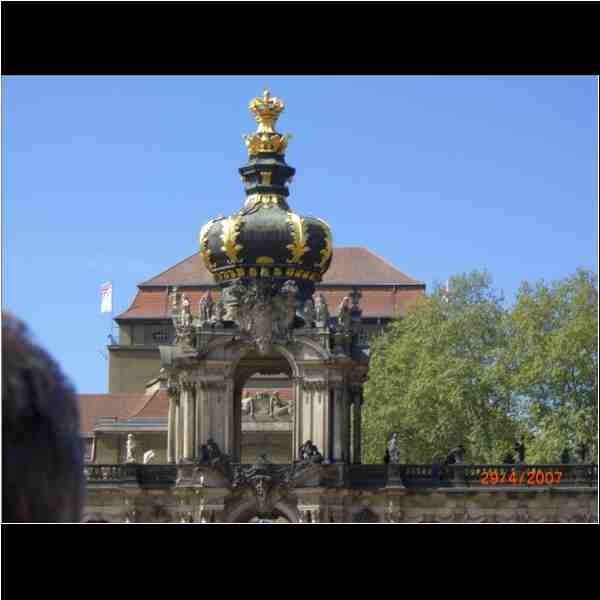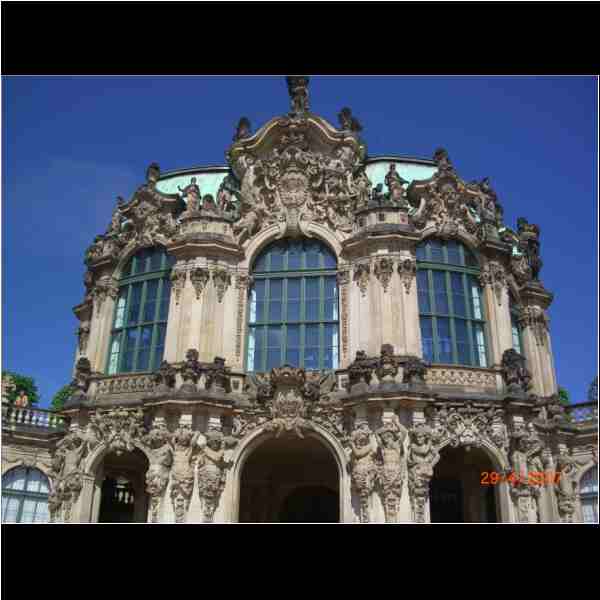The Zwinger in Dresden is one of the most iconic landmarks in the city, renowned for its stunning architecture and rich cultural heritage. It is an impressive Baroque palace complex that serves as a symbol of Dresden’s historical grandeur and artistic significance.
Key Features of the Zwinger:
1. History:
- The Zwinger was originally designed by architect Matthäus Daniel Pöppelmann and was constructed between 1710 and 1732 under the reign of Augustus the Strong, the Elector of Saxony. The palace complex was created to showcase the grandeur of the Saxon court and was intended as a venue for royal festivities and celebrations.
- The name "Zwinger" translates roughly to "the outer courtyard" in German, as it was originally intended as a sort of outer palace or courtyard space, but over time it became one of the most important Baroque buildings in Germany.
- The Zwinger was heavily damaged during World War II but was meticulously restored in the post-war period, retaining much of its original beauty.
2. Architectural Highlights:
- Baroque Style: The Zwinger is an exemplary work of Baroque architecture, characterized by its ornate design, grand scale, and intricate detailing. It consists of several pavilions, galleries, and courtyards, all of which come together to form a unified and visually stunning complex.
- The central pavilion, with its grand entrance and domed tower, stands as the most impressive feature of the building.
- The complex is surrounded by a walled courtyard, which gives it a dramatic and enclosed feel. The structure is adorned with beautiful sculptures, fountains, and ornate gates.
- The Zwinger also features several spectacular rooftop terraces, which provide panoramic views of the city and the Elbe River.
3. Museums and Art Collections:
-
Today, the Zwinger houses several world-renowned museums and art collections, making it a major cultural hub in Dresden.
-
The Old Masters Picture Gallery (Alte Meister Galerie) is one of the most famous museums in the Zwinger and houses an impressive collection of paintings from the Renaissance, Baroque, and Rococo periods. Notable works include masterpieces by Raphael, Rembrandt, Vermeer, and Titian.
-
The Porcelain Collection (Porzellansammlung) is another major highlight of the Zwinger, showcasing an exceptional collection of Meissen porcelain, one of the finest porcelain manufacturers in the world. The collection includes pieces from the 18th century and gives visitors an insight into the artistry and craftsmanship of the time.
-
The Mathematical-Physical Salon is another museum located in the Zwinger, displaying historical scientific instruments and technological innovations from the period, focusing on astronomy, mathematics, and physics.
4. The Courtyard and Gardens:
- The Zwinger is surrounded by beautifully manicured gardens and a grand courtyard, where visitors can stroll and admire the architecture and greenery. The fountain and sculptural decorations in the courtyard add to the charm of the place.
- The Nymph Fountain and Grotto Fountain are two beautiful water features within the complex, adding to the overall aesthetic beauty of the Zwinger.
- The Wall of Fame (the "Gloriette") along the outer walls of the Zwinger is another feature worth seeing. It includes portraits of prominent figures from the Saxon royal court.
5. Location and Accessibility:
- The Zwinger is located in the historic center of Dresden, close to the Frauenkirche, Semper Opera House, and Dresden Castle, making it easy to visit other major attractions in the city.
- The complex is easily accessible by public transport, and it is a must-visit for tourists who want to experience the cultural and architectural richness of Dresden.
6. Events and Concerts:
- The Zwinger is also a venue for various cultural events, including concerts, exhibitions, and special performances. It regularly hosts events that highlight Dresden's historical and artistic significance.
- The Zwinger Concerts often take place in the museum halls, offering visitors the chance to experience the beautiful acoustics of the space.
Conclusion:
The Zwinger is an absolute must-see for anyone visiting Dresden. With its magnificent Baroque architecture, world-class art collections, and rich cultural history, the Zwinger provides a unique insight into the artistic and royal heritage of the region. Whether you're an art lover, a history enthusiast, or simply someone who appreciates beautiful architecture, the Zwinger will undoubtedly leave a lasting impression.







